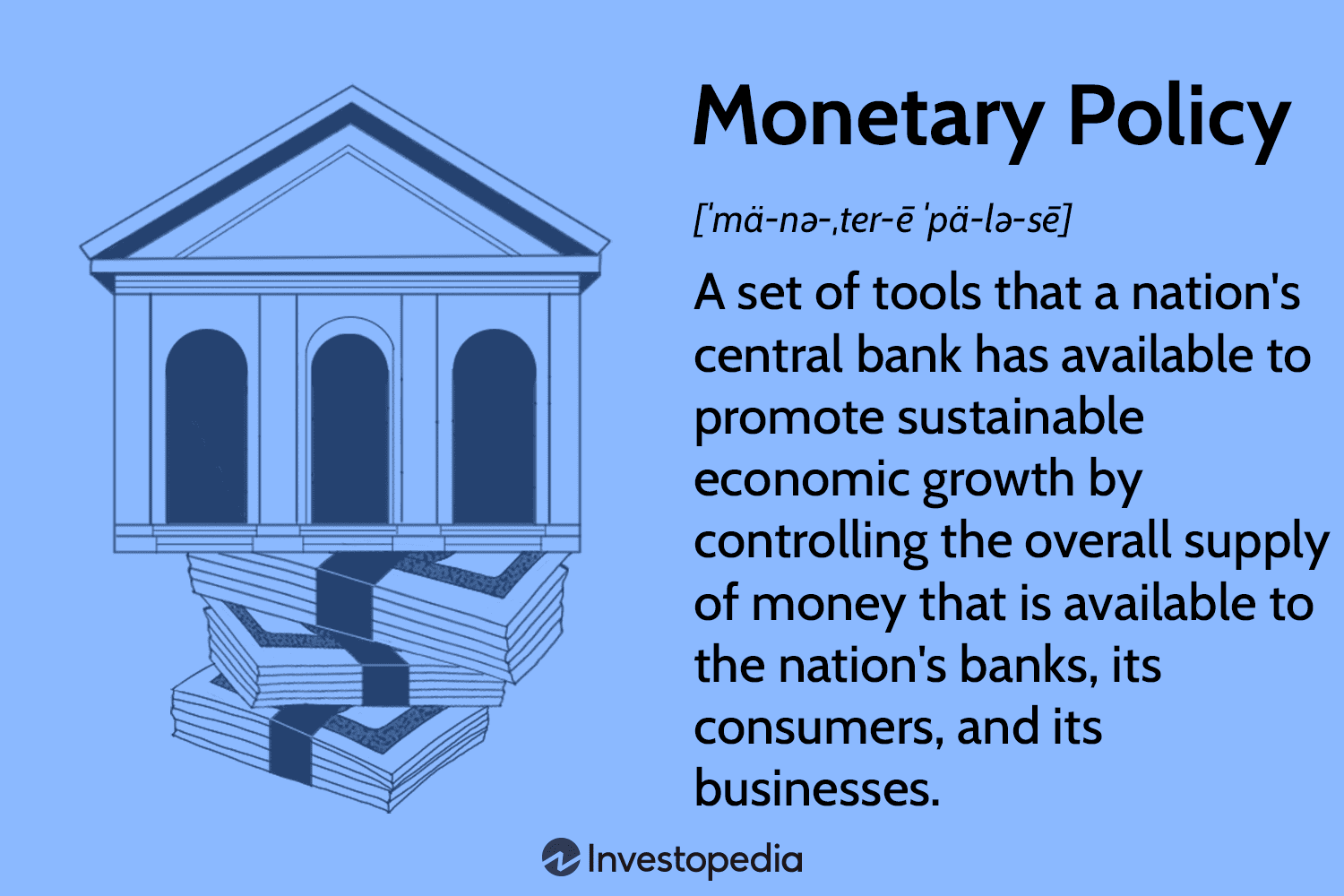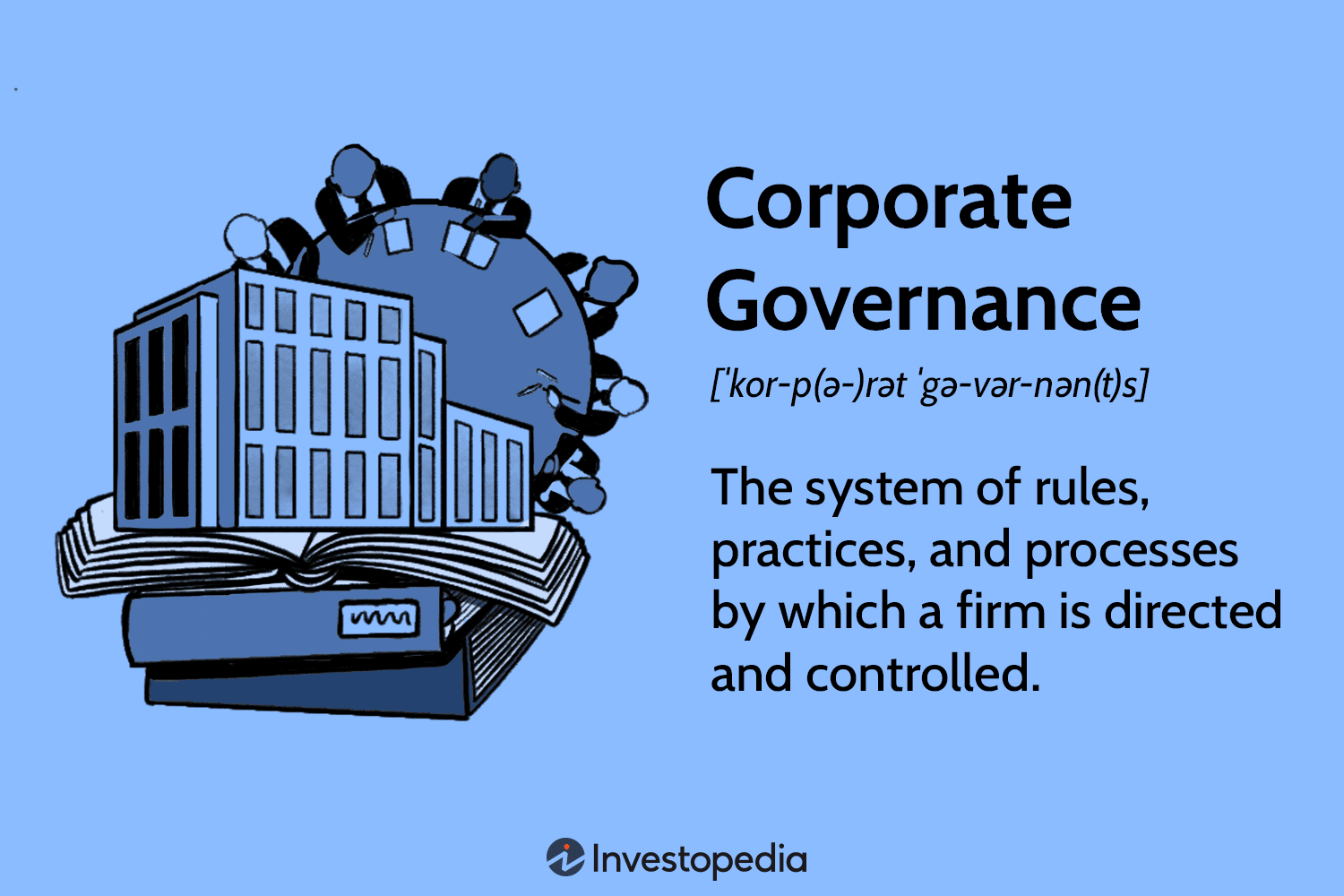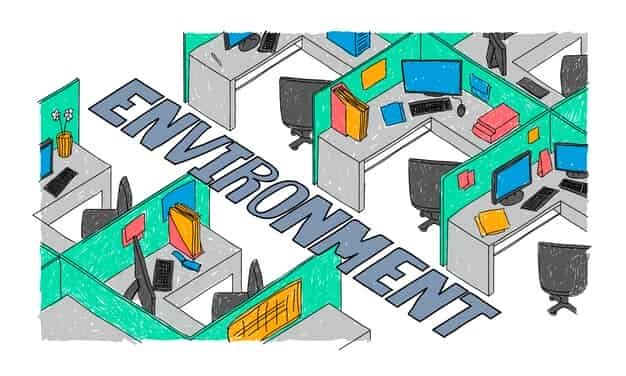How to Achieve Your Greenhouse Gas Reduction Targets: Proven Strategies
Mia Wilson

Photo: How to Achieve Your Greenhouse Gas Reduction Targets: Proven Strategies
Greenhouse gas reduction targets are ambitious goals set to limit the emission of gases that contribute to global warming and climate change. These targets are part of a broader strategy to mitigate the adverse effects of greenhouse gases—such as carbon dioxide (CO2), methane (CH4), and nitrous oxide (N2O)—which trap heat in the Earth's atmosphere and lead to rising global temperatures. Reducing these emissions is essential for slowing the pace of climate change, safeguarding ecosystems, and protecting human health.
Meeting greenhouse gas reduction targets is not just a regulatory obligation; it is a critical global imperative. The impacts of greenhouse gases are both profound and pervasive, affecting everything from extreme weather events and sea-level rise to biodiversity loss and agricultural disruption. On a global scale, these targets are integral to international climate agreements like the Paris Agreement, which seeks to limit global temperature rise to well below 2 degrees Celsius above pre-industrial levels, with efforts to cap the increase at 1.5 degrees Celsius. Locally, these targets translate into actionable steps that communities, businesses, and governments can take to reduce their carbon footprints and contribute to a sustainable future. In essence, greenhouse gas reduction targets serve as both a benchmark and a catalyst for collective climate action, driving progress towards a healthier planet.
Setting Effective Greenhouse Gas Reduction Targets
To effectively tackle greenhouse gas emissions, the first step is understanding your baseline—essentially, the starting point from which you measure progress. Accurately measuring current greenhouse gas emissions involves a detailed inventory of all sources of emissions within a specific entity, be it a company, city, or country. This includes quantifying emissions from energy consumption, transportation, industrial processes, and waste management. Tools like carbon calculators and software platforms, such as the Global Reporting Initiative (GRI) and the Greenhouse Gas Protocol, offer structured methods for assessing and reporting emissions. These tools help in compiling data, ensuring accuracy, and maintaining transparency.
Once your baseline is established, the next crucial step is setting clear and achievable goals. Short-term targets, typically spanning one to five years, can focus on immediate actions like improving energy efficiency or reducing waste. Long-term targets, on the other hand, look at broader objectives that might extend 10 years or more, such as transitioning to renewable energy sources or achieving net-zero emissions. Aligning these targets with scientific recommendations is vital to ensure they contribute meaningfully to global climate goals. For instance, targets should reflect the latest climate science, such as those outlined by the Intergovernmental Panel on Climate Change (IPCC), which suggests reducing emissions by 45% by 2030 to stay within safe temperature limits. By setting well-defined and science-backed targets, organizations and governments can create a clear pathway towards significant greenhouse gas reductions, driving both immediate action and long-term sustainability.
Strategies for Achieving Reduction Targets
Achieving greenhouse gas reduction targets involves a multifaceted approach, leveraging a variety of strategies to cut emissions effectively. One powerful strategy is improving energy efficiency. Upgrading infrastructure and technology, such as investing in energy-efficient lighting, HVAC systems, and building materials, can significantly lower energy consumption and emissions. For instance, companies like Walmart have reported substantial reductions in their carbon footprints by retrofitting stores with LED lighting and advanced heating and cooling systems, showcasing how strategic investments in efficiency can yield both environmental and financial benefits.
Another key strategy is the adoption of renewable energy sources. Solar, wind, hydro, and geothermal power offer sustainable alternatives to fossil fuels, each with its own advantages. Solar panels harness sunlight to generate electricity, wind turbines capture the power of the wind, and hydroelectric plants use water flow to produce energy. Switching to these renewable sources not only helps in reducing dependence on carbon-intensive energy but also stabilizes energy costs over time. Numerous municipalities and corporations have successfully transitioned to renewable energy, demonstrating that large-scale adoption is both feasible and effective in meeting reduction targets.
Carbon offsetting and carbon capture technologies also play a crucial role. Carbon offset programs allow organizations to invest in projects that reduce or capture emissions elsewhere, such as reforestation initiatives or methane capture at landfills. Meanwhile, carbon capture and storage (CCS) technologies involve capturing CO2 emissions at their source and storing them underground or repurposing them for industrial use. These methods provide valuable tools for mitigating unavoidable emissions, complementing direct reduction efforts.
Behavioral changes and sustainable practices are equally important in achieving emission targets. Simple lifestyle adjustments, such as reducing meat consumption, minimizing waste, and opting for public transportation, can collectively make a significant impact. For organizations, adopting practices like zero-waste policies, encouraging remote work, and supporting sustainable supply chains can contribute to overall reduction goals. By integrating these strategies into daily routines and corporate operations, both individuals and organizations can play a crucial role in advancing towards a sustainable future and meeting greenhouse gas reduction targets.
Monitoring and Reporting Progress
Effective monitoring and reporting are essential to ensure that greenhouse gas reduction targets are being met and to maintain accountability. Tracking emissions and progress involves using a variety of sophisticated tools and systems designed to provide accurate and real-time data. Platforms such as the Carbon Trust’s Footprint Calculator and the Environmental Protection Agency’s (EPA) Greenhouse Gas Reporting Program offer comprehensive solutions for measuring and tracking emissions across different sectors. These tools help organizations and governments to monitor their carbon footprint, assess the effectiveness of their reduction strategies, and make data-driven decisions to refine their approaches.
Measuring progress towards reduction targets requires regular evaluation and analysis of emission data. This involves comparing current emissions levels against established benchmarks and targets. Advanced analytics and software can generate detailed reports and forecasts, providing insights into trends and areas needing improvement. For instance, emissions management software often includes features like customizable dashboards and automated alerts to help track progress and ensure targets are being met.
Transparent reporting is crucial for maintaining accountability and building trust with stakeholders. It ensures that emission reductions are not only claimed but also verified and communicated clearly. Various reporting frameworks and standards, such as the Global Reporting Initiative (GRI) and the Carbon Disclosure Project (CDP), provide structured guidelines for disclosing environmental impact and progress. These frameworks offer a consistent approach to reporting that enhances credibility and allows for comparability across different organizations and sectors. By adhering to these standards and regularly updating stakeholders, entities can demonstrate their commitment to greenhouse gas reduction and foster greater transparency and accountability in their sustainability efforts.
Challenges and Solutions
Embarking on the journey to meet greenhouse gas reduction targets is fraught with challenges, which can range from financial and technical hurdles to political obstacles. Financial constraints often top the list, as implementing advanced technologies and sustainable practices can require substantial investment. Technical challenges also arise, particularly in integrating new systems with existing infrastructure or managing complex data for accurate emissions tracking. Politically, varying levels of commitment and support can impact the effectiveness of climate policies and initiatives, complicating efforts to drive widespread change.
Overcoming these barriers requires a multifaceted approach. One effective strategy is seeking financial support through grants, incentives, and partnerships. For instance, governments and organizations often offer subsidies or tax credits for investing in renewable energy or energy-efficient technologies, helping to alleviate the financial burden. Technically, leveraging collaborative networks and expertise can address integration issues and streamline the adoption of new solutions. Engaging with industry groups or technology providers can facilitate knowledge sharing and problem-solving.
Political challenges can be mitigated by advocating for policy alignment and fostering dialogue among stakeholders. Successful mitigation efforts, such as the implementation of carbon pricing mechanisms and international climate agreements, demonstrate how aligning economic incentives with environmental goals can drive progress. For example, countries like Sweden have effectively utilized carbon taxes to encourage emissions reductions while generating revenue for green initiatives. Similarly, cities like Portland, Oregon, have navigated political complexities by engaging local communities and businesses in climate action plans, showcasing the power of inclusive and collaborative approaches. By addressing these challenges proactively and creatively, we can accelerate our progress towards achieving greenhouse gas reduction targets and building a more sustainable future.
Case Studies and Success Stories
Across the globe, several countries and communities have set remarkable examples in achieving greenhouse gas reduction targets, demonstrating that significant progress is possible with the right strategies and commitment. In Sweden, the implementation of a comprehensive carbon tax has been instrumental in reducing greenhouse gas emissions while maintaining economic growth. By placing a price on carbon, Sweden incentivized businesses to adopt cleaner technologies and reduced its carbon footprint by over 25% since the tax's introduction in 1991. Similarly, Costa Rica has become a beacon of environmental stewardship by running on more than 99% renewable energy, primarily from hydroelectric, wind, and solar sources. This commitment has not only advanced Costa Rica’s climate goals but has also positioned the country as a global leader in sustainability.
On a more localized scale, numerous businesses and communities have also made impressive strides. In Portland, Oregon, the city’s aggressive climate action plan has led to a 30% reduction in greenhouse gas emissions since 1990. Portland’s approach combines innovative policies, community engagement, and investments in green infrastructure, such as the expansion of bike lanes and the promotion of energy-efficient buildings. Another inspiring example comes from Interface, a global flooring company headquartered in Atlanta, Georgia. Interface has successfully reduced its carbon footprint by 96% since 1996 through its "Climate Take Back" initiative, which focuses on sustainable manufacturing practices, energy-efficient operations, and a commitment to recycling. These case studies not only highlight the effectiveness of targeted strategies in reducing emissions but also serve as powerful reminders that both global and local actions are crucial in the fight against climate change.
Future Outlook
As the world accelerates its efforts to combat climate change, emerging technologies and innovative strategies are poised to revolutionize greenhouse gas reduction efforts. Advances in clean energy technologies, such as next-generation solar panels and breakthrough energy storage solutions, promise to enhance the efficiency and accessibility of renewable energy. Innovations in carbon capture and storage (CCS) are also on the horizon, with new methods emerging to capture CO2 more effectively and repurpose it for industrial use or secure storage. Additionally, the development of green hydrogen technology—a clean alternative to fossil fuels—holds potential for decarbonizing industries that are hard to electrify, such as steel production and heavy transportation.
The role of policy and legislation will be crucial in shaping the trajectory of these advancements. Upcoming policies, such as enhanced carbon pricing mechanisms and stricter emissions regulations, are expected to drive further innovation and adoption of green technologies. For instance, the European Union's Fit for 55 package aims to reduce emissions by 55% by 2030, incorporating measures like expanding the Emissions Trading System and increasing renewable energy targets. Similarly, the U.S. Inflation Reduction Act includes significant investments in clean energy and climate resilience, which could accelerate the transition to a low-carbon economy. Future regulations are likely to set more ambitious targets and create frameworks that incentivize both technological advancements and widespread implementation. As these policies take shape, they will play a pivotal role in guiding the direction of global and local greenhouse gas reduction strategies, ensuring that the path to a sustainable future is both innovative and achievable.
Call to Action
Now is the time for individuals and organizations to take proactive steps toward setting and achieving their own greenhouse gas reduction targets. Whether you’re a business leader aiming to implement sustainable practices or a concerned citizen looking to make a personal impact, the path to meaningful change starts with setting clear, actionable goals. Begin by assessing your current emissions using tools like the Carbon Trust’s Footprint Calculator or the EPA’s Greenhouse Gas Reporting Program, which can help you understand your starting point and identify areas for improvement.
For organizations, incorporating energy-efficient technologies and exploring renewable energy options are key strategies. Resources such as the Global Reporting Initiative (GRI) and the Carbon Disclosure Project (CDP) offer frameworks for transparent reporting and benchmarking progress. Individuals can also make a difference by adopting sustainable lifestyle changes, such as reducing energy consumption, supporting eco-friendly products, and advocating for climate-friendly policies.
To support your journey, numerous resources are available to provide guidance and tools. Explore the Carbon Trust, which offers comprehensive tools and advice for reducing carbon footprints, or visit the Global Reporting Initiative (GRI) for reporting standards and frameworks. The Environmental Protection Agency (EPA) also provides valuable information on emissions tracking and reduction strategies. By leveraging these resources and committing to actionable goals, you can contribute to a more sustainable future and help drive the collective effort needed to meet global climate targets.
Conclusion
In conclusion, setting and achieving greenhouse gas reduction targets is not merely a regulatory requirement but a critical component of our collective effort to combat climate change. By understanding your baseline emissions, implementing strategies such as energy efficiency improvements, adopting renewable energy, and engaging in carbon offsetting, you can make a tangible impact on reducing your carbon footprint. Monitoring progress through reliable tools and adhering to transparent reporting practices ensure accountability and help track the effectiveness of your efforts. Despite the challenges—whether financial, technical, or political—there are proven solutions and successful examples that can guide and inspire action.
As we look toward the future, emerging technologies and evolving policies offer promising pathways to accelerate progress and enhance our climate strategies. Now is the time to take proactive steps, whether you're an individual, a business, or a community. Every action counts in the global effort to reduce greenhouse gas emissions and protect our planet for future generations. By setting ambitious targets, utilizing available resources, and committing to sustainable practices, we can all contribute to the broader climate goals and drive meaningful change. Embrace this opportunity to make a difference—your actions today will shape a more sustainable and resilient future for everyone.
For You
View AllUncover the basics of monetary policy, its tools, and how it influences economic growth. Click for easy insights!
Mia Wilson
Packing for one? Discover the ultimate solo travel packing checklist to stay prepared and stress-free on your next adventure!
Mia Wilson
Discover magical winter adventure destinations. From skiing to ice climbing, embrace the chill and create unforgettable memories this season!
Mia Wilson
Learn about corporate governance, its principles, and its role in ethical business practices. Click for essential insights!
Mia Wilson
Uncover the truth about blockchain's environmental impact and sustainability efforts.
Mia Wilson
Discover the key points of the Kyoto Protocol in this concise overview. Learn its significance and impact on global climate policy. Click to understand more!
Mia Wilson
Education
View All
April 24, 2025
What Is Distance Education? Explained!
Discover how distance education works, its benefits, and how it’s transforming learning. Start your journey today!

April 17, 2025
What Is Secondary Education? Explained!
Learn about secondary education, its structure, and its role in shaping academic and career paths. Get insights today!

April 14, 2025
What Is Post-Secondary Education?
Understand post-secondary education, its types, and how it shapes careers. Start exploring your opportunities today!





